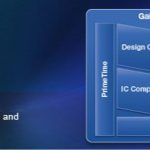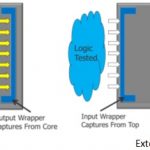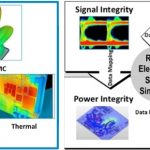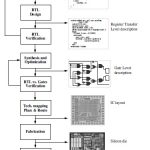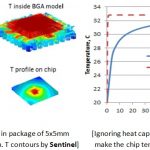This is a new brick that Synopsys brings to build FD-SOI credibility. We have talked at Semiwiki about FD-SOI technology developed by the LETI and STM, and recently endorsed by Samsung Foundry, offering a more than credible second source to STM. And we have said that the FD-SOI introduction will need to be supported by EDA and IP vendors… Read More
Tag: soc
Different Approaches to System Level Power Modeling and Analysis for Early Design Phases
At DATEthis year in Dresden, Bernhard Fischer from Siemens CT(Corporate Technology) has presented an interesting summary of the various techniques used for power modeling and analysis at the architectural level. He went through the pros and cons of using spreadsheets, timed virtual platforms annotated with power numbers … Read More
Taming The Challenges of SoC Testability
With the advent of large SoCs in semiconductor design space, verification of SoCs has become extremely challenging; no single approach works. And when the size of an SoC can grow to billions of gates, the traditional methods of testability of chips may no longer remain viable considering the needs of large ATPG, memory footprint,… Read More
LSI’s Way of Faster & Reliable Electronic System Design
LSI Corporationstarted in 1980s and I had several encounters with it during my jobs in 1990s; not to forget the LSI chips I used to see in desktops and other electronic systems, and I’m happy to see LSI continuing today with more vigour having leadership position in storage and networking space. It provides highly reliable, high … Read More
System Design: Turtles All the Way Down
According to Steven Hawking, Bertrand Russell once gave a public lecture on astronomy. He described how the earth orbits around the sun and how the sun orbits around our galaxy. At the end of the lecture, a little old lady at the back of the room got up and said: “What you have told us is rubbish. The world is really a flat plate supported… Read More
Importance of Data Management in SoC Verification
In an era of SoCs with millions of gates, hundreds of IPs and multiple ways to verify designs through several stages of transformations at different levels of hierarchies, it is increasingly difficult to handle such large data in a consistent and efficient way. The hardware and software, and their interactions, have to be consistent… Read More
Power and Thermal Simulation in ESL Verification Flows
At the recent DVcon there was a keen focus on design verification and validation. Much of the attention is on Logic/circuit design verification, UVM, and IP verification. At the system level functional verification has improved to comprehend complex hardware and software interaction using Virtual Platforms/SystemC and Transaction… Read More
Fast & Accurate Thermal Analysis of 3D-ICs
As Moore’s law started saturating on a single semiconductor die, the semiconductor community came up with the approach of growing vertically by stacking dies one above other in a 3D-IC arrangement. However, a major concern with a 3D-IC is that the heat generated by each die can get trapped in the stack, and hence it’s extremely important… Read More
Expert Constraint Management Leads to Productivity & Faster Convergence
The SoC designs of today are much more complex than ever in terms of number of clocks, IPs, levels of hierarchies, several modes of operations, different types of validations and checks for growing number of constraints at various stages in the design flow. As a semiconductor design evolves through several stages from RTL to layout,… Read More
Sonics Performance Monitor and Hardware Trace
As SoCs have got more complex, and with a larger and larger software content, it is no longer good enough to just monitor how the design behaves using simulation and then completely forget about it once the design is complete. What is required is the capability to monitor the design in real time (in silicon or FPGA) to see how it is behaving.… Read More


